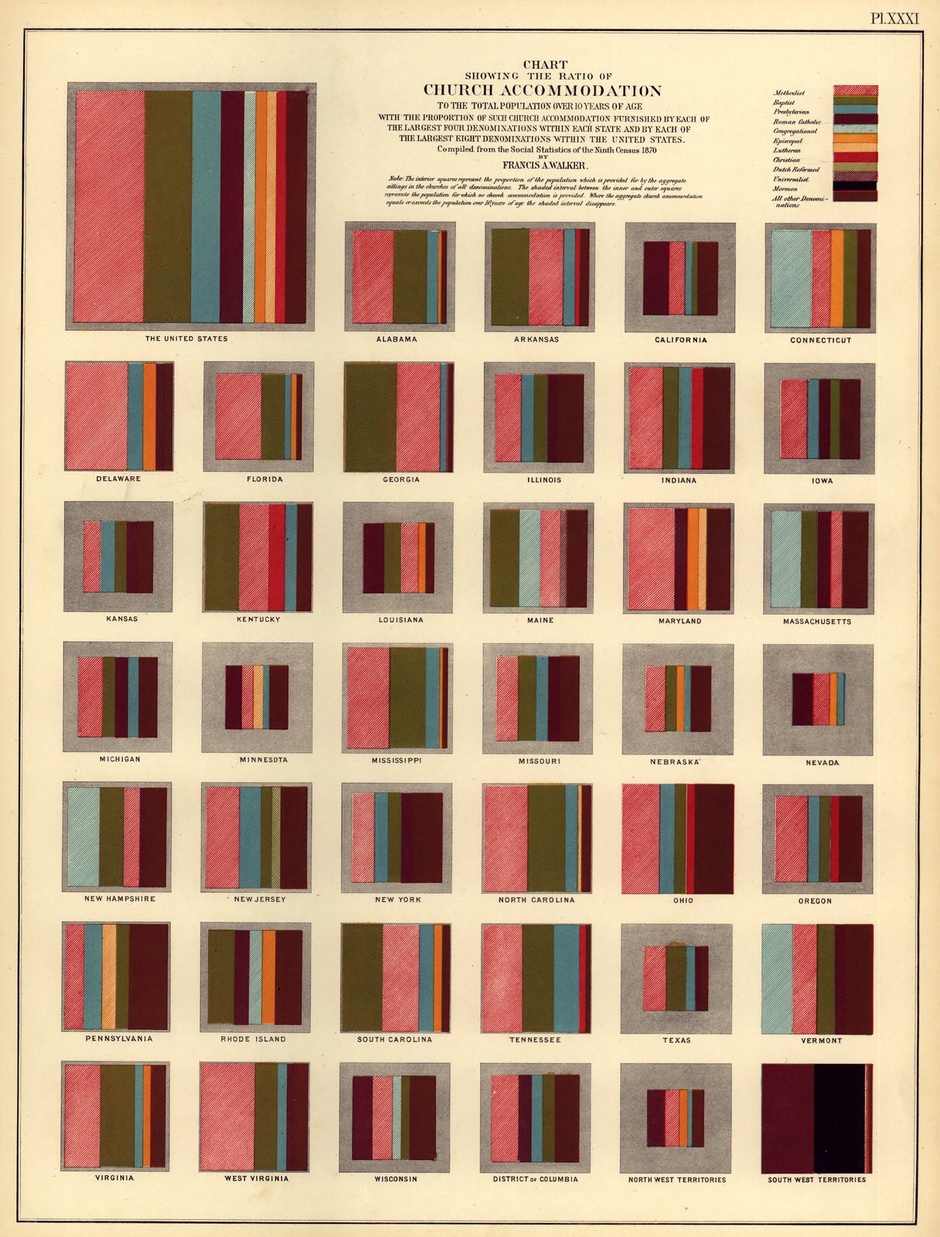Paper by Dr. Bastiaan Heemsbergen: “Innovation is a key driver in organizational sustainability, and yes, openness and transparency are a recipe for innovation. But, according to Tapscott and Williams, “when it comes to innovation, competitive advantage and organizational success, ‘openness’ is rarely the first word one would use to describe companies and other societal organizations like government agencies or medical institutions. For many, words like ‘insular,’ ‘bureaucratic,’ ‘hierarchical,’ ‘secretive’ and ‘closed’ come to mind instead.”1 And yet a few months ago, The Tesla Model S just became the world’s first open-source car. Elon Musk, CEO of Tesla Motor Vehicles, shared all the patents on Tesla’s electric car technology, allowing anyone — including competitors — to use them without fear of litigation. Elon wrote in his post “Yesterday, there was a wall of Tesla patents in the lobby of our Palo Alto headquarters. That is no longer the case. They have been removed, in the spirit of the open source movement, for the advancement of electric vehicle technology.”2
In the public sector, terms such as open government, citizen sourcing, and wiki government are also akin to the notion of open innovation and transparency. As Hilgers and Ihl report, “a good example of this approach is the success of the Future Melbourne program, a Wiki and blog-based approach to shaping the future urban landscape of Australia’s second largest city. The program allowed citizens to directly edit and comment on the plans for the future development of the city. It attracted more than 30,000 individuals, who submitted hundreds of comments and suggestions (futuremelbourne.com.au). Basically, problems concerning design and creativity, future strategy and local culture, and even questions of management and service innovation can be broadcasted on such web-platforms.”3 The authors suggest that there are three dimensions to applying the concept of open innovation to the public sector: citizen ideation and innovation (tapping knowledge and creativity), collaborative administration (user generated new tasks and processes), and collaborative democracy (improve public participation in the policy process)….(More)”.



